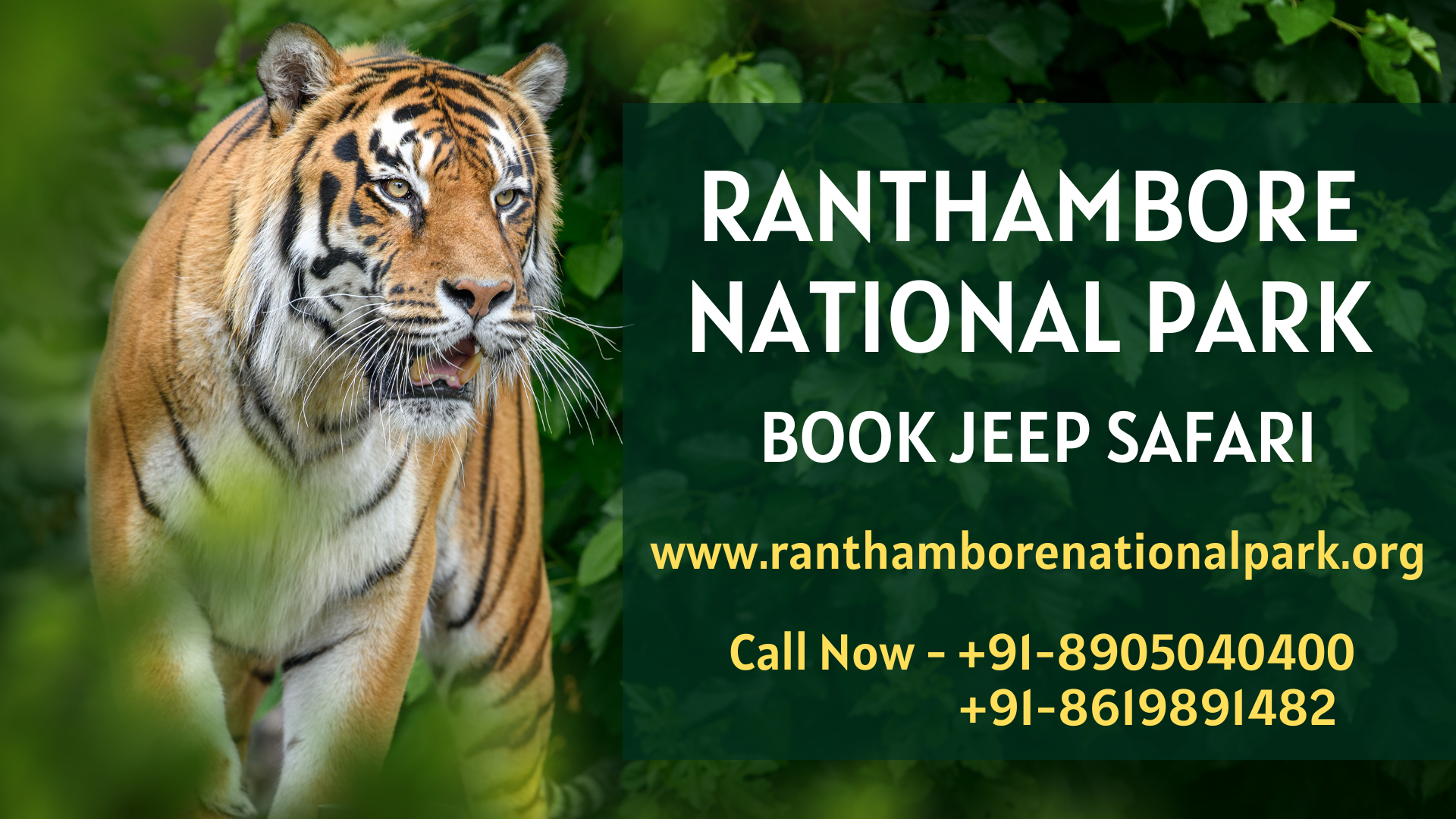Ranthambore Safari Booking: An Unforgettable Wildlife Experience

Ranthambore National Park, located in the Sawai Madhopur district of Rajasthan, India, is a wildlife lover's paradise. Known for its stunning tigers, diverse plants and animals, and awesome landscapes, the park provides an unparalleled safari experience that draws in visitors from all over the world. Whether you're an experienced wildlife professional photographer or a novice explorer, booking a Ranthambore safari Booking guarantees an experience that will stick with you for a life time.
Why Book a Ranthambore Safari?
Ranthambore is among the best places in India to find the Royal Bengal Tiger in its natural habitat. The park's dense forests, rolling hills, and open meadows provide the perfect setting for these spectacular creatures to roam freely. However tigers aren't the only destination-- Ranthambore is home to a variety of wildlife, consisting of leopards, sloth bears, crocodiles, and over 300 types of birds. The park's biodiversity and the possibility to witness wildlife in close proximity make it a must-visit destination.
Types of Safaris Available
Visitors to Ranthambore National Park can select between two primary kinds of safaris: the Jeep Safari and the Canter Safari
• Jeep Safari: Ideal for smaller sized groups, the Jeep Safari is carried out in a 6-seater open vehicle, offering a more intimate and flexible wildlife viewing experience. The smaller sized size of the vehicle permits access to narrow courses and unique tracks, increasing the possibilities of finding elusive animals.
• Canter Safari: The Canter Safari is a 20-seater open bus, suitable for bigger groups. While it covers similar routes as the Jeep Safari, the experience is more common, and it's an exceptional choice for budget-conscious travelers.
Each safari lasts approximately 3 hours and happens two times a day-- as soon as in the morning and once in the late afternoon. These timings are developed to coincide with the peak activity periods of the park's wildlife, maximizing the possibilities of sightings.
Booking Your Safari.
Booking a safari in Ranthambore can be done online through the official website of the Rajasthan Forest Department or through licensed travel representatives. It is recommended to book well in advance, especially throughout peak seasons (October to June), as the number of vehicles allowed the park is restricted to lessen environmental effect. When booking, you can select between different zones of the park, each providing a special landscape and wildlife experience. Zone 1 to 10 are the most popular, with Zones 1 to 5 being understood for higher opportunities of tiger sightings.
Accommodation Options
Ranthambore provides a series of lodging options to match every budget plan, from luxury resorts to environment-friendly lodges and budget hotels. Remaining close to the park entryway is suggested for simple access to your safari, particularly for morning slots. Many resorts and hotels likewise use bundles that consist of safari bookings, assisted tours, and Ranthambore National Park cultural experiences, providing a detailed Ranthambore experience.
Discovering Ranthambore Fort: A Journey Through History
While the wildlife safari is the piece de resistance at Ranthambore, the park is likewise home to the historic Ranthambore Fort, a UNESCO World Heritage Site that includes a rich cultural measurement to your see.
A Glimpse into the Past
Ranthambore Fort, perched atop a hill within the national park, goes back to the 10th century and is one of the oldest forts in Rajasthan. The fort was a tactical defense point for the rulers of the region, controlling the trade routes in between North and Central India. It has seen many battles, particularly throughout the reign of the Chauhan dynasty, and later on under the control of the Delhi Sultanate.
The fort is a sprawling complex with huge stone walls, enforcing gates, and several temples and palaces within its facilities. As you explore its ancient ruins, you can nearly hear the echoes of history and imagine the splendour of the fort in its prime time.
Key Attractions at Ranthambore Fort
• Ganesh Temple: One of the most revered temples in the area, the Ganesh Temple within the fort is a major trip site. Followers from throughout the nation visit to seek true blessings from Lord Ganesh. The temple's tranquil surroundings and panoramic views of the park make it a tranquil retreat.
• Jogi Mahal: Situated near the Padam Talao, the biggest lake in the park, Jogi Mahal was as soon as a searching lodge for the Maharajas of Jaipur. Though not open to the public, the mahal's place offers sensational views of the lake and the surrounding wilderness.
• The Fort's Architecture: The architecture of Ranthambore Fort is a mix of Rajput and Mughal styles, reflecting the various rulers who have occupied it over the centuries. The fort's bastions, gates, and temples are decorated with complex carvings and sculptures, using a glance into the artistic heritage of the region.
Exploring the Fort
Visiting Ranthambore Fort is like stepping back in time. The fort can be reached by a short trek from the park entrance, providing an opportunity to delight in the natural charm of the environments. The path is well-kept and offers spectacular views of the park and the close-by lakes. When inside the fort, you can invest hours exploring its different structures, each with its own story to inform.
Combining Wildlife and Heritage
A trip to Ranthambore is incomplete without experiencing both the thrilling safari and the historic fort. The combination of wildlife adventure and cultural expedition makes Ranthambore a distinct destination, using something for everybody. Whether you're admiring a tiger in the wild or taking in the history of the fort, Ranthambore guarantees an unforgettable journey that will leave you with stories to share and memories to treasure.
When planning your go to, ensure you allocate time for both the safari and a fort tour. This way, you can fully value the natural and historic significance of this extraordinary area.